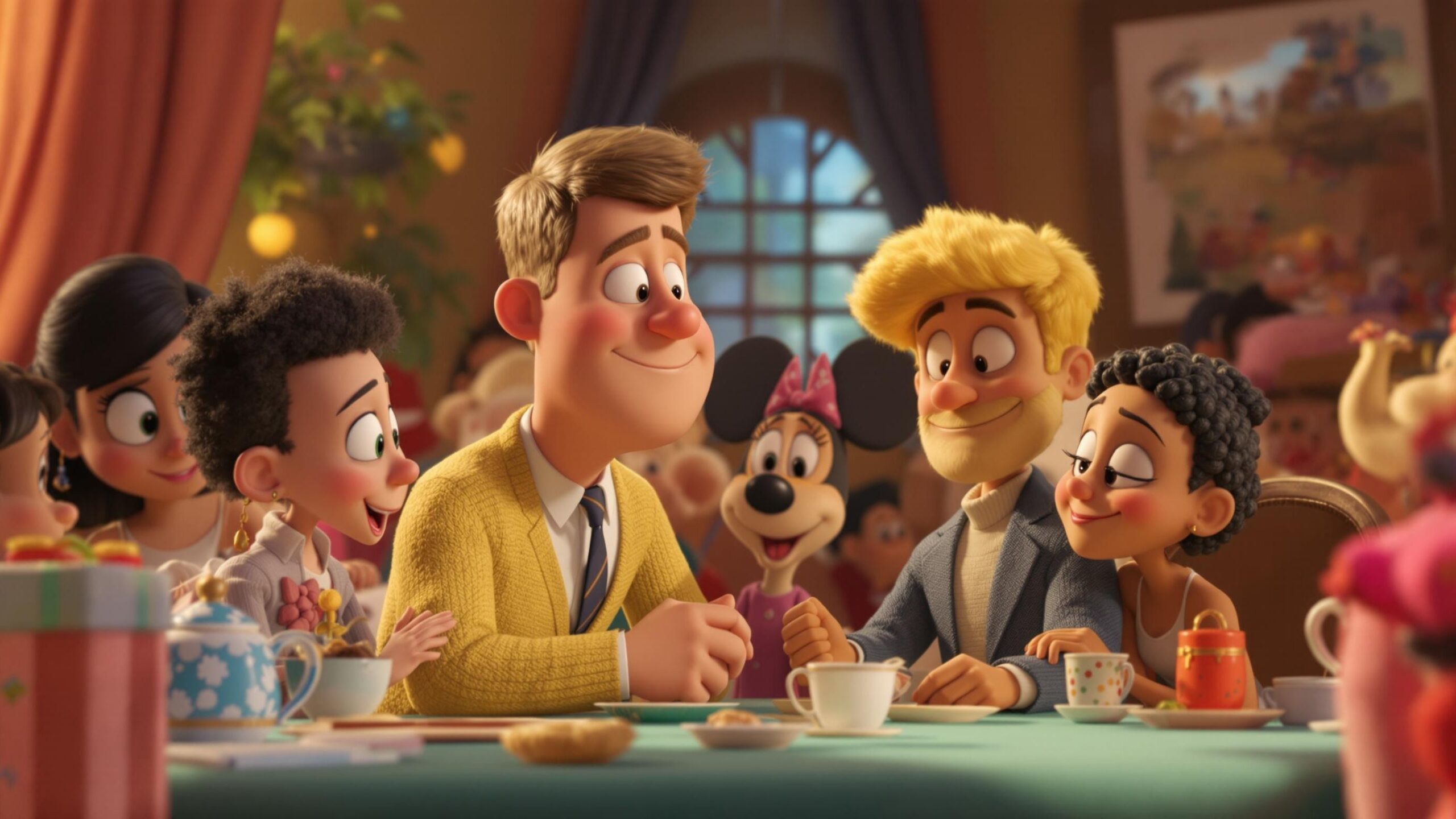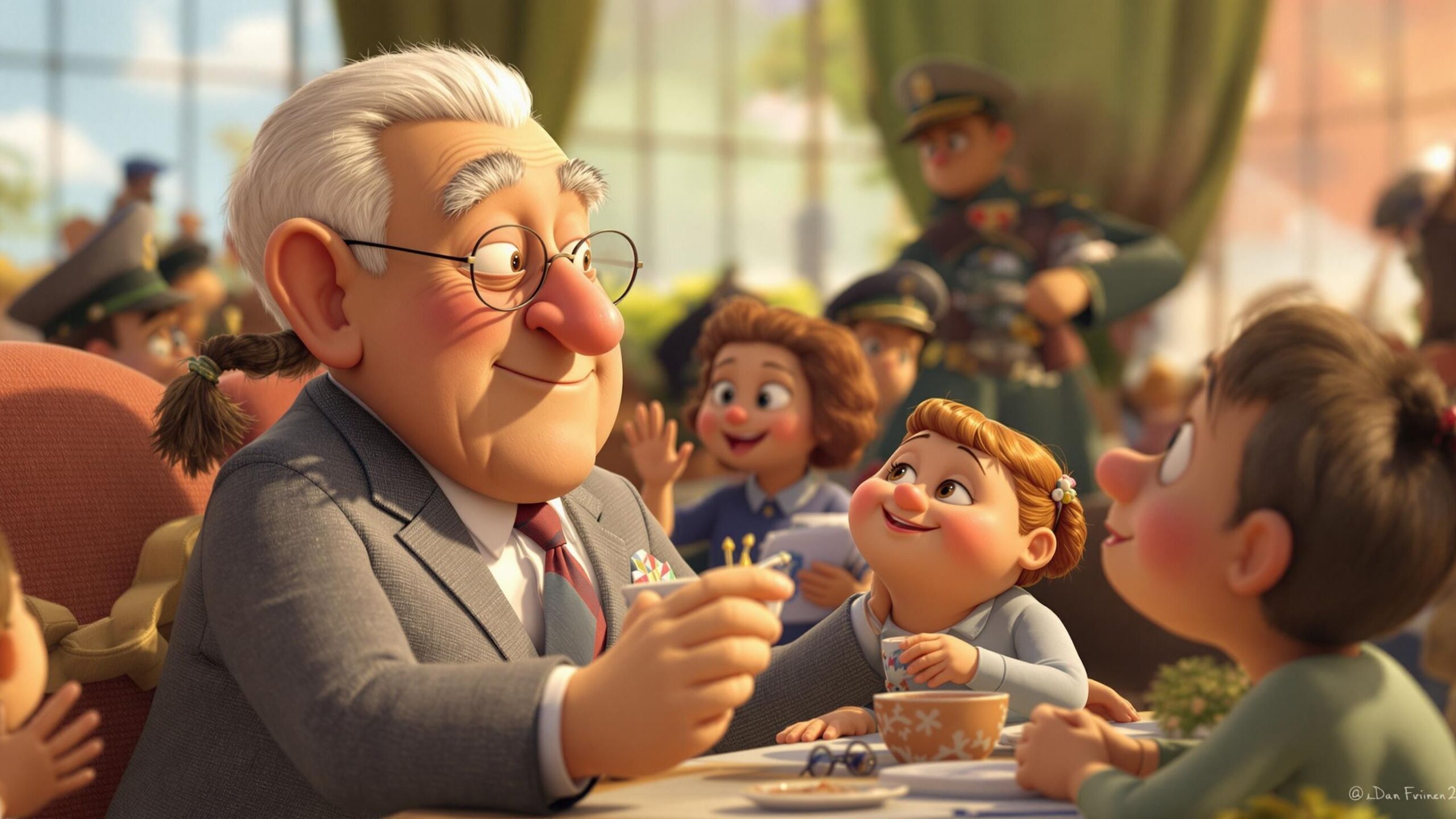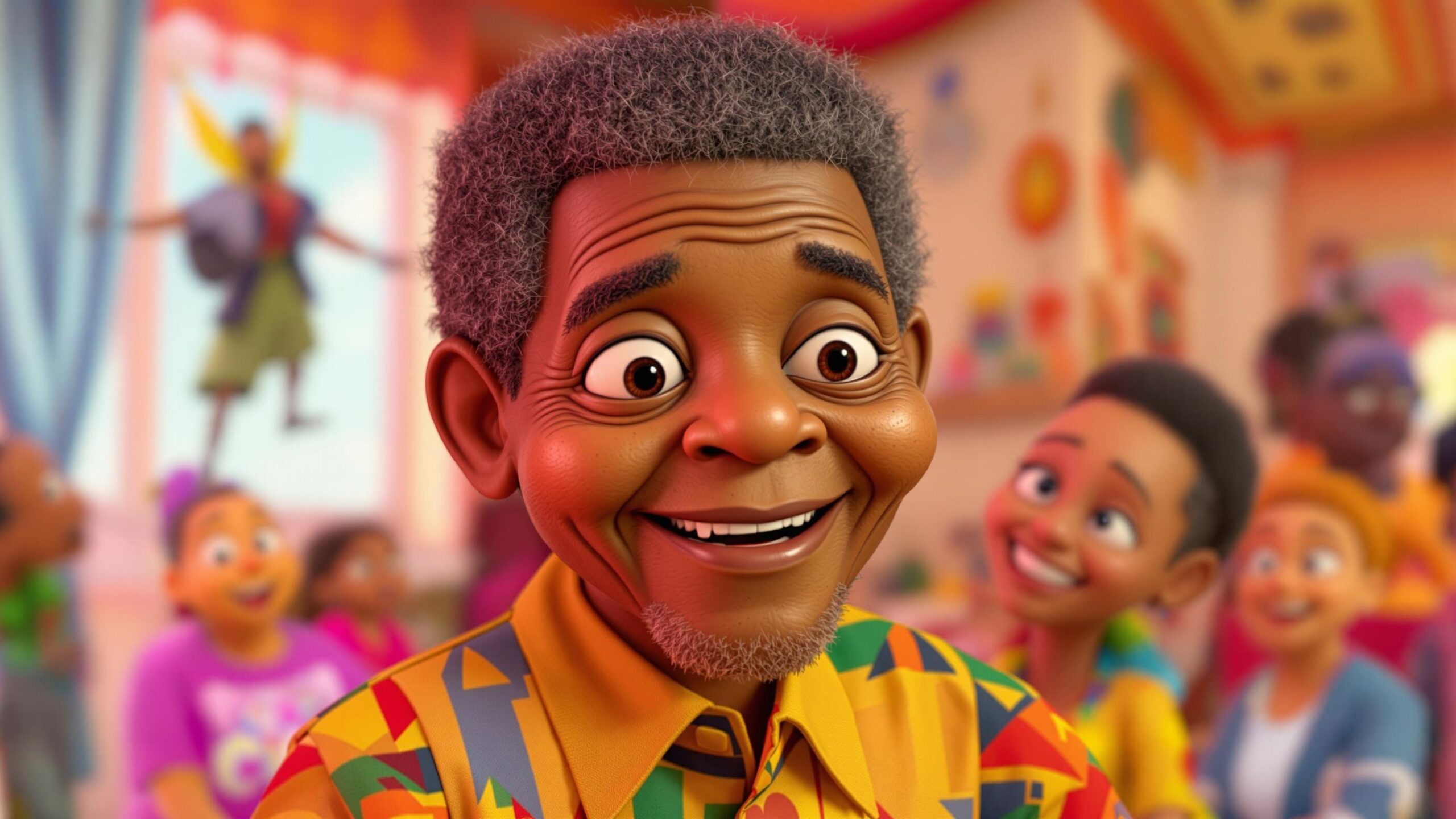A President for a New Era
When John F. Kennedy stepped into the presidency in 1961, he brought with him more than youthful charm and crisp New England speech. He brought electricity. He brought optimism. He brought the sense that the torch truly had been passed to a new generation. At just 43 years old, JFK wasn’t only the youngest elected president in American history—he was a symbol of forward motion. And while his time in office was tragically short, the moves he made were seismic, shaping a generation and redefining what it meant to lead in a world teetering between promise and peril. Kennedy was more than charisma and Camelot. He was guts, grit, and grace under fire. Whether facing down nuclear war, redefining civil rights, or reaching for the stars, his boldest decisions weren’t just brave—they were transformational. His leadership style was kinetic, idealistic, and at times reckless—but never boring. And it’s exactly that daring spirit that still makes his presidency a beacon of inspiration.
Lighting the Fuse: The Inaugural Challenge Heard Around the World
It began with a single sentence: “Ask not what your country can do for you—ask what you can do for your country.” With those immortal words, Kennedy fired up the engines of American civic energy. His inaugural address in January 1961 wasn’t just a speech—it was a call to arms, a poetic dare to step into the ring of history and take ownership of America’s destiny. He didn’t just talk about the Cold War. He framed it as a generational mission. He didn’t just invoke freedom—he demanded its defense. With his soaring words, he made being an American feel like a purpose, not a privilege. And in doing so, he sparked a national conversation about service, leadership, and the role of the individual in shaping the future.
Dancing on the Edge: The Cuban Missile Crisis
Perhaps the boldest—and most nerve-wracking—moment of JFK’s presidency came in October 1962, when American reconnaissance planes discovered Soviet missiles in Cuba, pointed squarely at the U.S. It was a chess match with nuclear stakes, a 13-day standoff where a single misstep could’ve lit the fuse on World War III. Kennedy’s advisors were split: some urged an immediate strike, others favored diplomacy. The pressure was suffocating. But Kennedy chose a third way: a naval “quarantine” of Cuba, stopping Soviet ships from delivering more missiles and demanding the removal of those already installed. It was a high-stakes game of brinkmanship—and JFK played it with nerves of steel. Behind the scenes, he opened backchannel negotiations with Soviet leader Nikita Khrushchev. The resolution? The Soviets agreed to withdraw their missiles from Cuba, and the U.S. quietly promised to remove its missiles from Turkey. War was averted—not through force, but finesse. Kennedy’s calm under pressure, willingness to challenge his military advisors, and refusal to escalate to war saved millions of lives. It remains one of the most dramatic examples of strategic boldness in American history.
Race, Rights, and a Risky Step Forward
In the early 1960s, the fight for civil rights was reaching a boiling point. Black Americans faced segregation, voter suppression, and brutality—yet the federal government had long remained hesitant to intervene. Kennedy, too, was initially cautious. But as the movement intensified, he realized neutrality was no longer an option. In June 1963, Kennedy gave a nationally televised address that marked a turning point. He declared civil rights a “moral issue,” calling for legislation to end segregation and guarantee equal access to public facilities. He proposed what would later become the Civil Rights Act of 1964, knowing it would spark political backlash—but recognizing the moment demanded courage. He also sent the National Guard to enforce the integration of the University of Alabama, standing firm against Governor George Wallace’s infamous stand in the schoolhouse door. The image of Kennedy using federal power to protect civil rights became etched in the nation’s conscience. This wasn’t just a political move—it was a leap toward justice. And it inspired a generation of activists to believe that progress was not only possible, but inevitable.
One Giant Leap: The Moonshot That Captivated the World
In 1961, the Soviet Union stunned the world by sending the first human, Yuri Gagarin, into space. America, still licking its wounds from the Sputnik scare, felt second best in the race to the stars. That didn’t sit well with Kennedy. So, just weeks later, he stood before Congress and declared that the U.S. would send a man to the Moon—and return him safely—before the decade was out. It was audacious. America had barely managed to get a man into orbit. But Kennedy knew this wasn’t just about rockets—it was about vision, momentum, and the belief that greatness comes from reaching higher. When he reiterated that goal at Rice University in 1962, he didn’t just talk science. He spoke poetry: “We choose to go to the Moon… not because it is easy, but because it is hard.” With those words, he transformed the space race into a symbol of American determination and excellence. Though he wouldn’t live to see it, Kennedy’s moonshot galvanized a nation. And in 1969, when Neil Armstrong stepped onto the lunar surface, it was Kennedy’s dream that touched down first.
The Peace Corps: Revolution in a Backpack
Most presidents focus on military strength and foreign policy through diplomacy or force. JFK did that too—but he also tried something radical: sending American idealism into the world, person by person. In 1961, he established the Peace Corps, giving young Americans the chance to work in developing nations—teaching, building, helping, learning. It wasn’t just goodwill—it was geopolitical strategy with heart. Kennedy believed that if Americans could spread democracy, education, and compassion firsthand, it would uplift communities and counter the spread of communism with something far more powerful: human connection. Within months, thousands of volunteers had signed up. They were sent not as conquerors, but as collaborators. They changed lives abroad—and came home changed themselves. It was soft power, built on hard work and hope. And it remains one of Kennedy’s most inspiring legacies.
The Nuclear Test Ban Treaty: A Glimpse of Peace
While the world still trembled from the Cuban Missile Crisis, Kennedy saw an opening for something extraordinary—a move toward nuclear disarmament. In 1963, he began working with the Soviet Union and Britain on what would become the Partial Nuclear Test Ban Treaty. It banned nuclear tests in the atmosphere, underwater, and in space. It was limited in scope, yes—but monumental in meaning. At the height of Cold War tension, Kennedy didn’t just think about defense. He dared to imagine de-escalation. Signing that treaty was a bold move toward sanity in an insane arms race. It showed that even during confrontation, cooperation was possible. It was a seed of peace planted in the soil of fear.
Berlin: A Wall, A City, A Message
When the Berlin Wall went up in 1961, it became the starkest symbol of the Cold War. A city sliced in two, a continent divided. Kennedy didn’t let that moment pass in silence. In 1963, he stood in West Berlin, surrounded by throngs of cheering Germans, and declared, “Ich bin ein Berliner.” It was a statement of solidarity. A declaration that freedom wasn’t a nation—it was a bond. That walls couldn’t divide human dignity. And that America would not abandon its allies in the shadow of tyranny. Kennedy’s speech electrified Berlin. But more than that, it reminded the world that American leadership meant standing with the oppressed—and doing so with clarity and courage.
Youthful Vigor, Cultural Swagger
Kennedy didn’t just change politics. He changed the feel of the presidency. He made it cool, stylish, and magnetic. The White House became known as “Camelot”—a place where intellect, art, and elegance collided. He invited poets, scientists, and musicians to dinners. He quoted Robert Frost and dreamed about global progress. He loved sports, laughed often, and made people believe that idealism wasn’t corny—it was essential. He projected a version of America that was forward-looking, bold, and confident. And that cultural shift, perhaps as much as any policy, defined a generation.
A Legacy That Still Dares Us to Dream
John F. Kennedy served just 1,036 days as president. Barely three years. Yet in that time, he reshaped the soul of a country. His boldest moves weren’t simply about politics—they were about purpose. He gave people something to believe in. Something to stand for. Something to reach toward. He faced down the threat of nuclear war, ignited the dream of space exploration, championed civil rights, and asked an entire generation to step off the sidelines and into the story of history. He made leadership feel personal, and patriotism feel profound. And when he was assassinated in 1963, the shock wasn’t just political—it was spiritual. The light dimmed. The dream was interrupted. But not ended. Today, JFK’s legacy is more than a list of accomplishments. It’s a spirit. A call to courage. A challenge to choose the hard path. A whisper that reminds us: bold moves define us—not just in politics, but in life. So when you find yourself at a crossroads, unsure of the risk, uncertain of the odds, remember the young president who once looked at the stars and said, “Let’s go.” Remember that courage isn’t the absence of fear—it’s the will to act anyway. And that sometimes, the boldest move isn’t stepping forward—it’s daring to dream big enough to pull the world with you.




